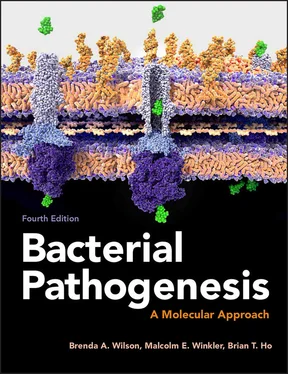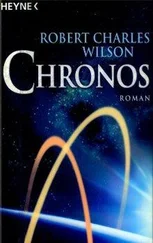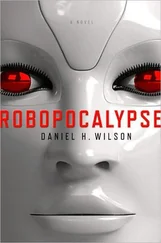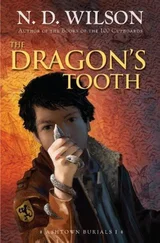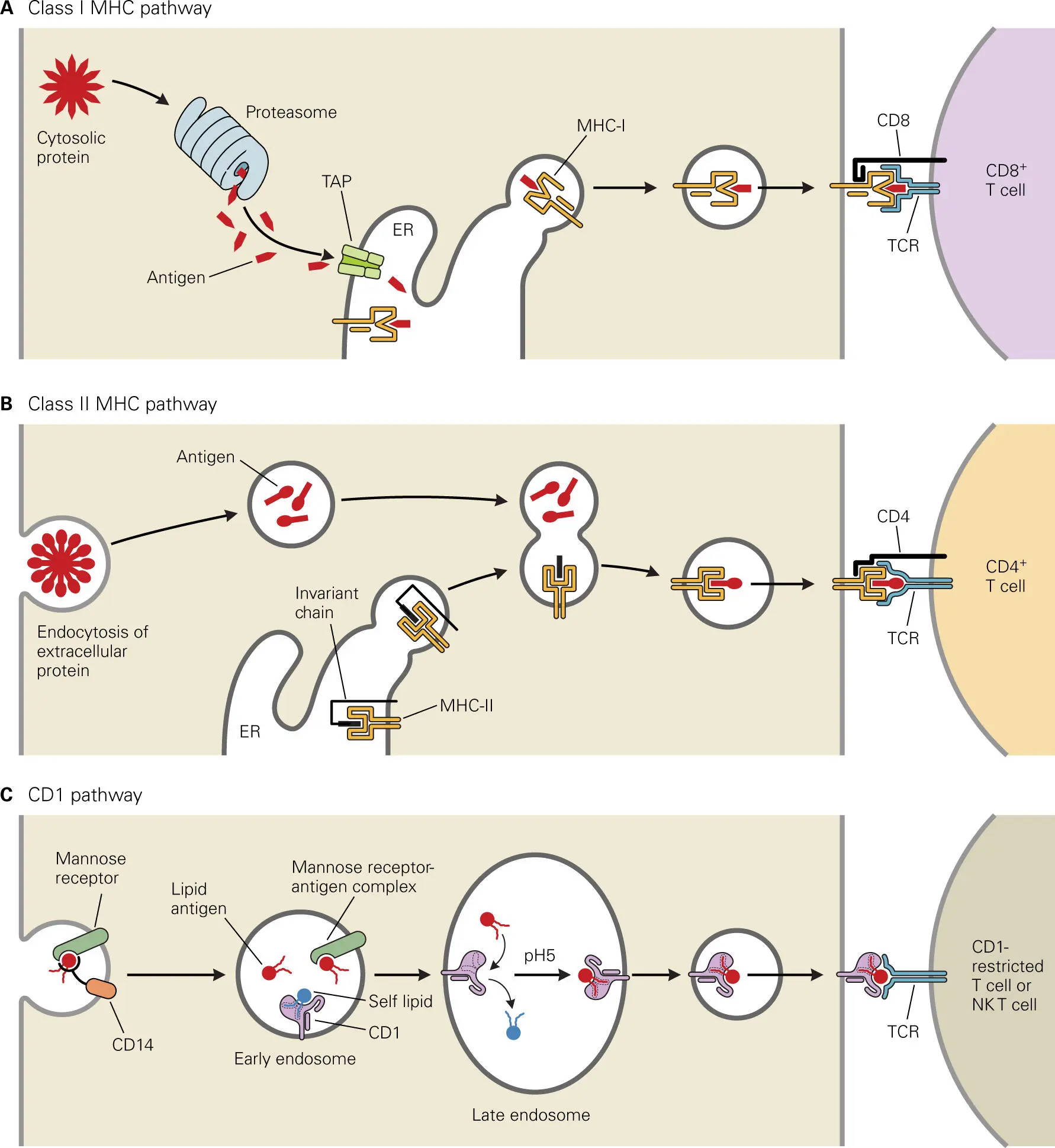
Figure 4-6. MHC I, MHC II, and CD1 pathways of antigen processing by APCs and presentation to T cells leads to activation and increased proliferation of T cells. (A) In the MHC I pathway, protein antigens present in the cytosol are processed by the proteasome, and the resulting peptides are transported to the endoplasmic reticulum (ER) via the transporter associated with antigen processing (TAP). In the endosome, the peptide antigens are further processed by an endosomal protease into smaller peptide epitopes, which then bind to MHC I, and the complex traffics to the cell surface, where it binds to the T cell receptor (TCR) and CD8 on the surface of CD8+ T cells. (B) In the class II MHC pathway, extracellular protein antigens are endocytosed into late endosomal and lysosomal vesicles, where they are processed into peptides that displace the invariant chain of the MHC II molecule. An accessory protein, called H-2M in mice (HLA-DM in humans), facilitates the displacement of the invariant chain with the peptide epitope. The peptide epitope-MHC II complex is then transported to the cell surface, where the complex binds to the T cell receptor (TCR) and CD4 on the surface of CD4+ T cells. (C) The CD1 antigen presentation pathway. Uptake of foreign glycolipid or lipid antigens occurs through multiple pathways. Glycolipid antigens bind to APCs via pattern recognition molecules such as CD14 and the mannose receptor. The low-density lipoprotein receptor (LDLR) can bind to the lipoprotein transporter ApoE. The mannose receptor can also mediate the uptake and trafficking of such lipid or glycolipid antigens through the endosomal pathway where, at acidic pH, the lipid portions of the glycolipid antigens are released and displace the self-lipids at the binding cleft of the CD1 molecule. Accessory proteins, called saposins, and possibly CD1e help process the lipid antigen and displace the self-lipid on the CD1 with the lipid antigen. An ER protein, called microsomal triglyceride transfer protein (MTP), facilitates the loading of the self-lipids onto CD1. The antigen-CD1 complex then traffics to the cell surface, where it is recognized by the CD1-specific T cell receptor. CD1-mediated antigen presentation occurs through TCRs in both αβ T cells and γδ T cells.
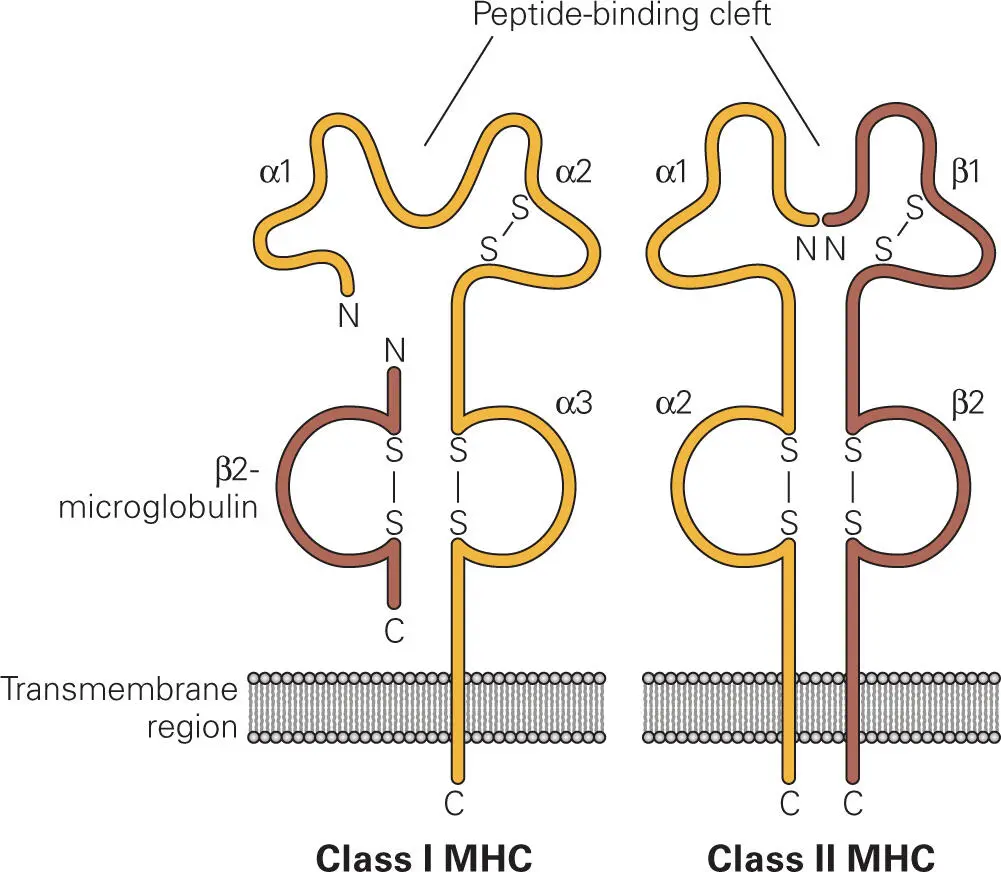
Figure 4-7. Major histocompatibility complexes I and II. Shown are the structures of major histocompatibility complex I (MHC I) and II (MHC II) proteins, which bind to peptide antigens and present them to T cell receptors (TCRs) on the surface of Th1 and Th2 cells, respectively. NOTE: In humans, the corresponding MHC molecules are called human leukocyte antigens (HLA).
How does an APC decide whether to display an epitope on MHC I or MHC II? This question has received a great deal of attention because understanding what leads to each type of presentation is critical for developing effective vaccines. From cumulative data so far, some basic rules have emerged. Intracellular pathogens such as viruses and some bacteria, particularly those that can enter the cytoplasm or nucleus of an APC, are most likely to elicit an MHC I display of the epitopes ( Figure 4-6A). Additionally, large particulate or aggregated antigens that do not escape the phagocytic or pinocytic vesicle seem to elicit primarily an MHC I-linked display. By contrast, epitopes processed from soluble antigens, such as peptides or proteins secreted from bacteria or those exposed on the surface of extracellular pathogens, are displayed almost exclusively by MHC II ( Figure 4-6B). Thus, if one wishes to use peptides to elicit a CTL response, it is necessary to present these peptides in particulate form (e.g., bound up in a large immune complex, or to deliver them directly into the cytosol to ensure their processing will occur via the MHC I pathway). Alternatively, these peptides could be expressed intracellularly using mammalian expression vectors (more on this in chapter 17).
Differences in immunogenicity have important practical consequences. For example, it is now possible to produce epitope-sized peptides synthetically. Peptides are not only much cheaper to produce than full-length proteins, which must be purified through time-consuming biochemical procedures, but they also make it possible to target a specific antibody or CTL response toward one or more defined regions of an antigen. Epitopes differ in the way they are recognized by the immune system, and only a small subset of the potential epitopes present in any given antigen will elicit an immune response. Epitopes that are processed and presented on the surface of APCs bound as MHC complexes, which are then recognized by T cell receptors on Th cells, are referred to as T cell epitopes. T cell epitopes that bind to MHC I complexes are typically 8 to 11 amino acid residues in length, whereas T cell epitopes that bind to MHC II complexes are 13 to 17 amino acid residues in length. Epitopes that are recognized by antibodies expressed on the surface of the B cells are called B cell epitopes. B cell epitopes vary from 5 to 10 amino acids in length and are found on the exposed surface of the native conformation of the antigen (i.e., they are not processed by APCs). B cell epitopes can elicit strong antibody responses, while T cell epitopes can also elicit strong cell-mediated CTL responses.
Directing the adaptive immune response toward particular epitopes is important because not all immunogenic epitopes elicit protective responses. Some immunogenic epitopes, for example, are buried within a folded protein and are therefore inaccessible to the antibody or are expressed inside a microbe and are thus not exposed to circulating antibodies. Eliciting an antibody response to such an epitope is useless because the antibody will not be able to bind and neutralize the antigen or enhance its opsonization. Furthermore, some microbial proteins have regions that vary considerably from one strain of microbe to another. Antibodies or cytotoxic T cells that recognize highly variable regions of microbial proteins will only be useful against a limited number of strains. A better strategy is to target regions of microbial proteins that are exposed and highly conserved (i.e., found in all strains of the microbe). Using peptide epitopes as vaccines makes it possible to program a specific immune response directed toward conserved epitopes that are exposed on the surface of the antigen. We will return to this concept in chapter 17.
Other Kinds of Macromolecular Antigens. Unfortunately, many of the bacterial surface antigens recognized by the immune system are lipid, carbohydrate, or lipid-carbohydrate combinations. Gram-negative LPS and Gram-positive LTA and PG are excellent examples. In the past, immunologists and vaccinologists have focused almost exclusively on peptide antigens because they are easier to characterize than carbohydrate or lipid-containing molecules and because peptides elicit a strong immune response. Peptide antigens consist of different amino acids linked by a single type of bond, the peptide bond, which can be readily processed into defined epitopes. Carbohydrate oligomers, by contrast, can be linked by any of 12 types of glycosidic linkages. Lipids also contain more than a single type of linkage. Because of the great diversity of carbohydrate, lipid, and lipid-carbohydrate molecules, it is not surprising that the mechanism for how these carbohydrate and lipid antigens are processed has been largely neglected until recently.
A major breakthrough in this area came with the discovery of CD1 molecules. Mycobacterium tuberculosis, the cause of tuberculosis, provides a cor nucopia of lipid-saccharide and lipid-peptide antigens not found in most other bacteria, which enabled researchers to identify the first CD1 complexes that were bound to lipid or glycolipid antigens. Since then, five forms of human CD1 have been found: CD1a through CD1e. The steps in processing and displaying lipid antigens appears to be similar to those for peptide antigens ( Figure 4-6C), with CD1 taking the place of the MHC I molecule for presentation of antigens to CD1-specific CTLs (for CD1a, CD1b, and CD1c) or NK cells (for CD1d). CD1e is the only isoform that does not appear to be expressed on the surface of DCs, and it is suspected that it might play a role in antigen processing, rather than in display of the antigen. CD1 is related, at the amino acid sequence and overall domain structure level, to MHC I, but has obviously diverged during evolution. CD1 proteins have deeper and larger binding cavities to accommodate the hydrophobic alkyl chains of lipid antigens. The more hydrophilic head group of the lipid antigen faces outward and interacts with the TCR on the CTLs and NK cells.
Читать дальше
